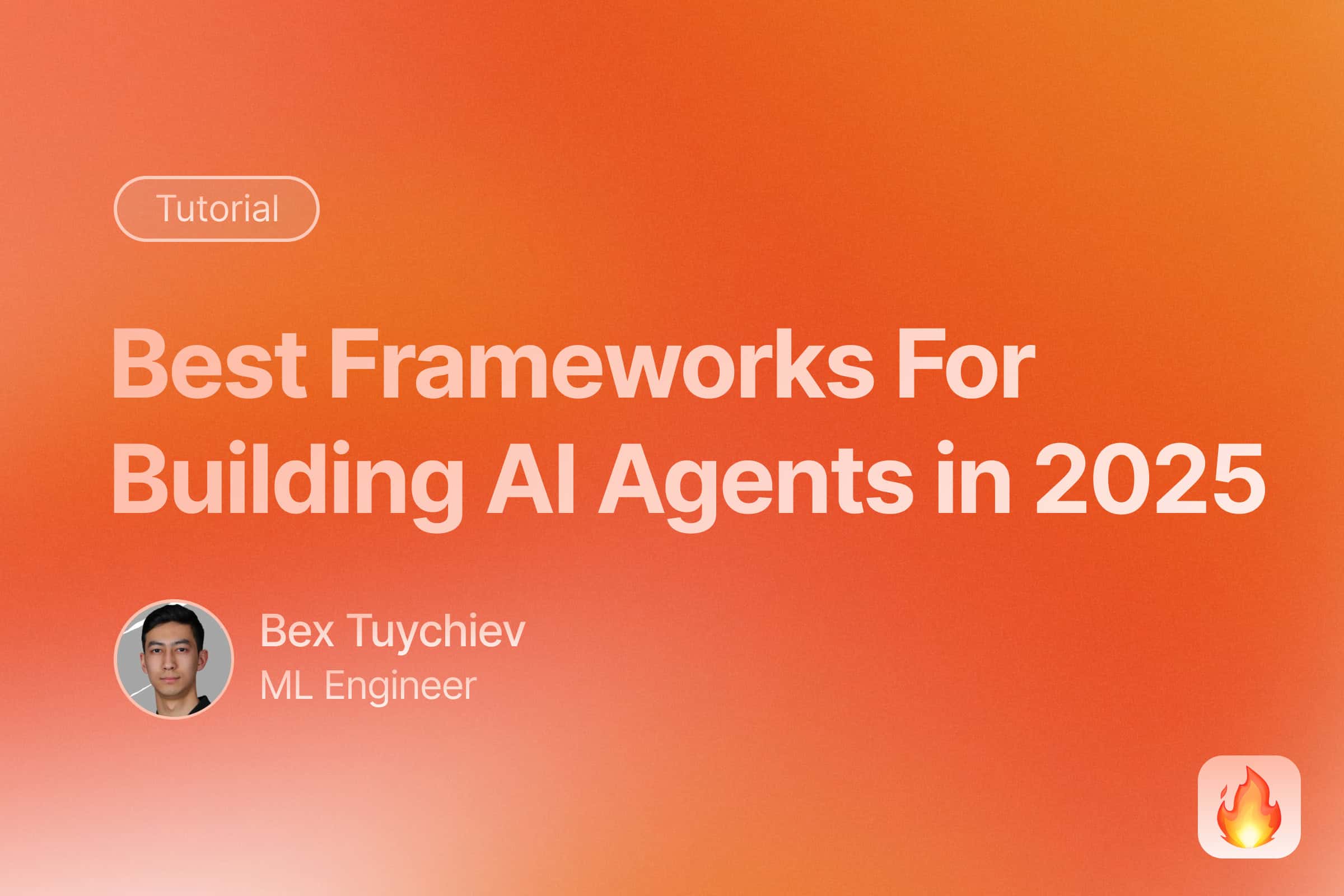
Introduction
The hype around AI agents is very real and well-deserved. According to a report published by Markets And Markets, the global agent market is projected to reach almost $8 billion in 2025, with compound annual growth rate (CAGR) reaching 46% in 2030. This rapid growth is fueled by stronger and stronger foundational LLMs that seem to come out every week now.
For this reason, choosing appropriate frameworks to build AI agents has become essential if developers want to integrate existing infrastructure with language models. In this article, we will examine the most powerful and widely adopted open source frameworks to build agents in 2025, analyzing their technical features, implementation requirements and optimal use cases.
Enhance Your Agents: Combine agent frameworks with RAG systems for knowledge-augmented responses. Use web scraping libraries and browser automation tools for data collection.
Related Guides: For converting websites into agents, see our website to agent tutorial and website to LangGraph agent guide. For OpenAI-specific implementations, check OpenAI agent builders and Firecrawl.
Our Evaluation Methodology to Filter Agent Frameworks
To find the best agent frameworks, we used clear metrics and practical requirements. We gathered data from GitHub, PyPI downloads, documentation, and industry articles, looking for frameworks that can handle reasoning tasks, work together as multiple agents, and use tools effectively.
We evaluated each framework based on:
- GitHub metrics: Stars, active contributors, and regular updates
- Adoption: Monthly download numbers
- Technical features: Ability to reason, collaborate between agents, and use tools
- Documentation: Clear guides and tutorials for developers
- Real-world use: Proven cases in actual production environments
- Industry use: How they work across different sectors like finance and customer service
- Backing organizations: Support from established companies for ongoing development
The six frameworks we selected show real value based on these criteria and provide solid options for developers building AI agents in 2025.
Firecrawl: The Best Data Collection Agent
Before we dive into our list of best agentic frameworks, let’s talk about Firecrawl’s FIRE-1, a web interaction agent that enables automated navigation through complex websites. Released during Launch Week III, FIRE-1 extends traditional web scraping by handling dynamic content and multi-step processes. This capability bridges the gap between simple data collection and sophisticated web interaction needed for comprehensive data gathering.
FIRE-1 offers several capabilities that make it valuable for data collection:
- Intelligent Navigation: Moves through paginated content and multi-step processes
- Dynamic Interaction: Interacts with buttons, links, inputs, and other UI elements
- Multi-Page Data Collection: Retrieves information across pages requiring navigation
- Action Planning: Plans sequences of interactions to access specific data
- Integration with Extraction: Works with the /extract endpoint to produce structured data
Here’s a straightforward example of using FIRE-1 to navigate through product listings:
from firecrawl import FirecrawlApp
app = FirecrawlApp(api_key="fc-7624851950b5492d8193765f03842352")
# Use FIRE-1 to navigate through Y Combinator company listings
scrape_result = app.scrape_url(
'https://www.ycombinator.com/companies',
{
"formats": ['markdown', 'html'],
"agent": {
'model': 'FIRE-1',
'prompt': 'Click on the W22 batch button, then click on Consumer category, and collect the company information.'
}
}
)
print(scrape_result['markdown'])
Firecrawl provides additional tools that can enhance agent capabilities. The LLMs.txt API converts websites to clean text format for LLMs (see our llms.txt creation guide), the /extract endpoint retrieves structured data, and the Deep Research API conducts comprehensive web research. These components can be integrated as tools within agent frameworks to enable robust data collection capabilities.
Visual Development: Build agent workflows visually with LangFlow or automate them with n8n workflows.
Top 6 Open Source Frameworks to Build AI Agents
Now, without further ado, here are the six most effective open source frameworks for building AI agents in 2025, ranked by their proven success in real-world applications and developer adoption.
1. LangGraph - ⭐️11.7k
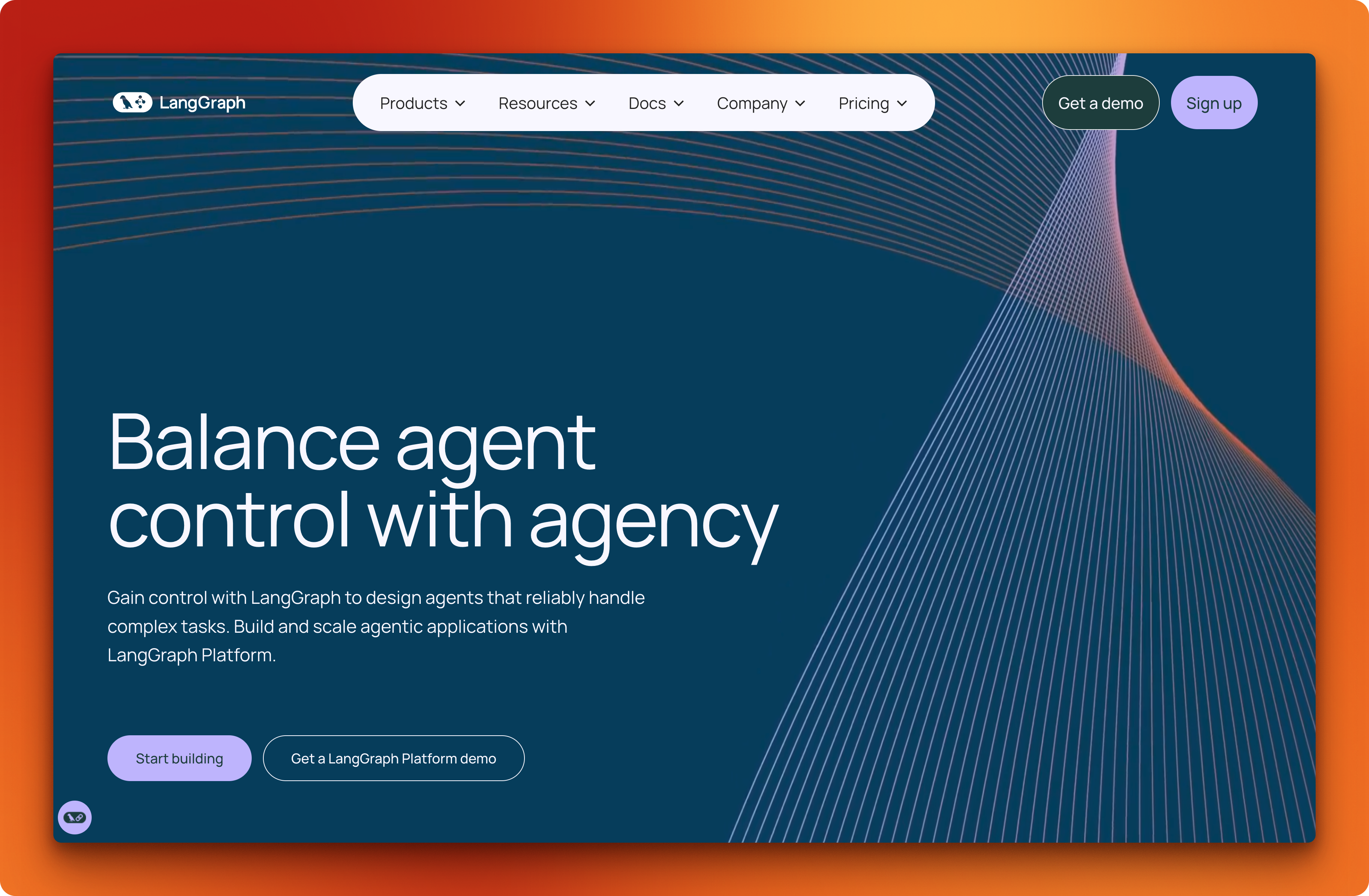
LangGraph is a specialized agent framework within the LangChain ecosystem. Released in 2024, it has over 11,700 GitHub stars but 4.2 million monthly downloads. It focuses on building controllable, stateful agents that maintain context throughout interactions. LangGraph integrates with LangSmith for monitoring agent performance.
Core capabilities:
- Stateful agent orchestration with streaming support
- Support for single-agent, multi-agent, hierarchical, and sequential control flows
- Long-term memory and human-in-the-loop workflows
- Integration with LangChain products like LangSmith
LangGraph has demonstrated strong enterprise adoption with documented success stories. Klarna’s customer support bot serves 85 million active users and reduced resolution time by 80%. AppFolio’s Copilot Realm-X improved response accuracy by 2x, while Elastic uses it for AI-powered threat detection in SecOps tasks.
Best Practices in Building Agents in Enterprise
The rapid advancement of AI agents has prompted leading organizations like Anthropic, OpenAI, and McKinsey to publish comprehensive guides on their effective implementation. These best practices, derived from their collective expertise and real-world implementations, provide a framework for organizations to maximize the value of AI agents while minimizing risks and challenges.
2. OpenAI Agents SDK - ⭐️9.3k
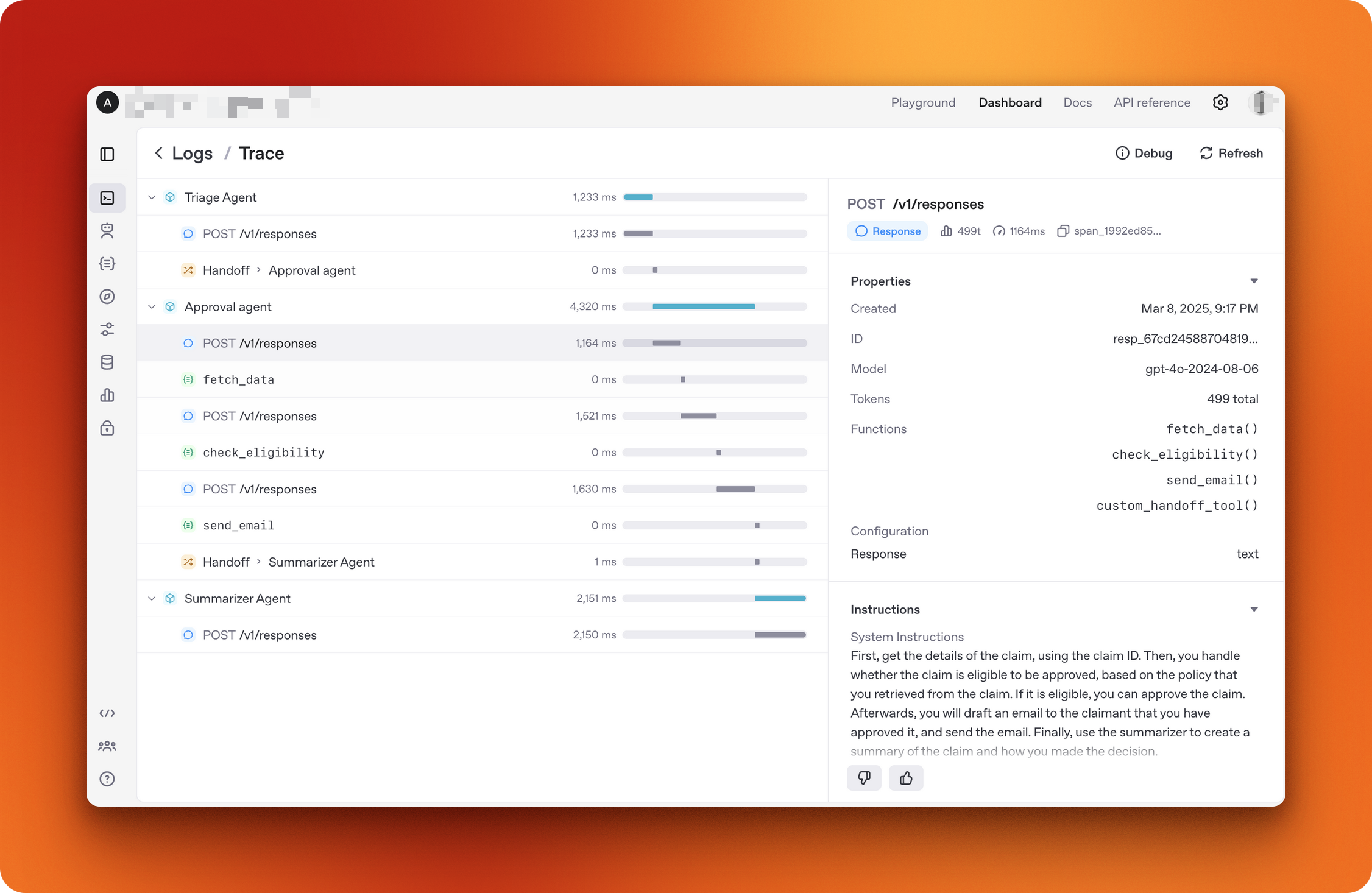
The OpenAI Agents SDK is a lightweight Python framework released in March 2025 with approximately over 9k GitHub stars. It focuses on creating multi-agent workflows with tracing and guardrails. The framework is provider-agnostic and compatible with over 100 LLMs.
Main features:
- Lightweight design for multi-agent workflows
- Comprehensive tracing and guardrails
- Provider-agnostic compatibility with 100+ LLMs
- Low learning curve for Python developers
The SDK has gained traction due to OpenAI’s reputation and the framework’s versatility. Its documentation provides clear tutorials and API references. While specific enterprise implementations aren’t widely documented yet, the framework is designed for applications in finance, customer service, and software development. For a practical application example, see Converting Websites into Agents with Firecrawl and OpenAI Agents SDK, which demonstrates how to transform web content into interactive knowledge agents.
3. AutoGen - ⭐️43.6k
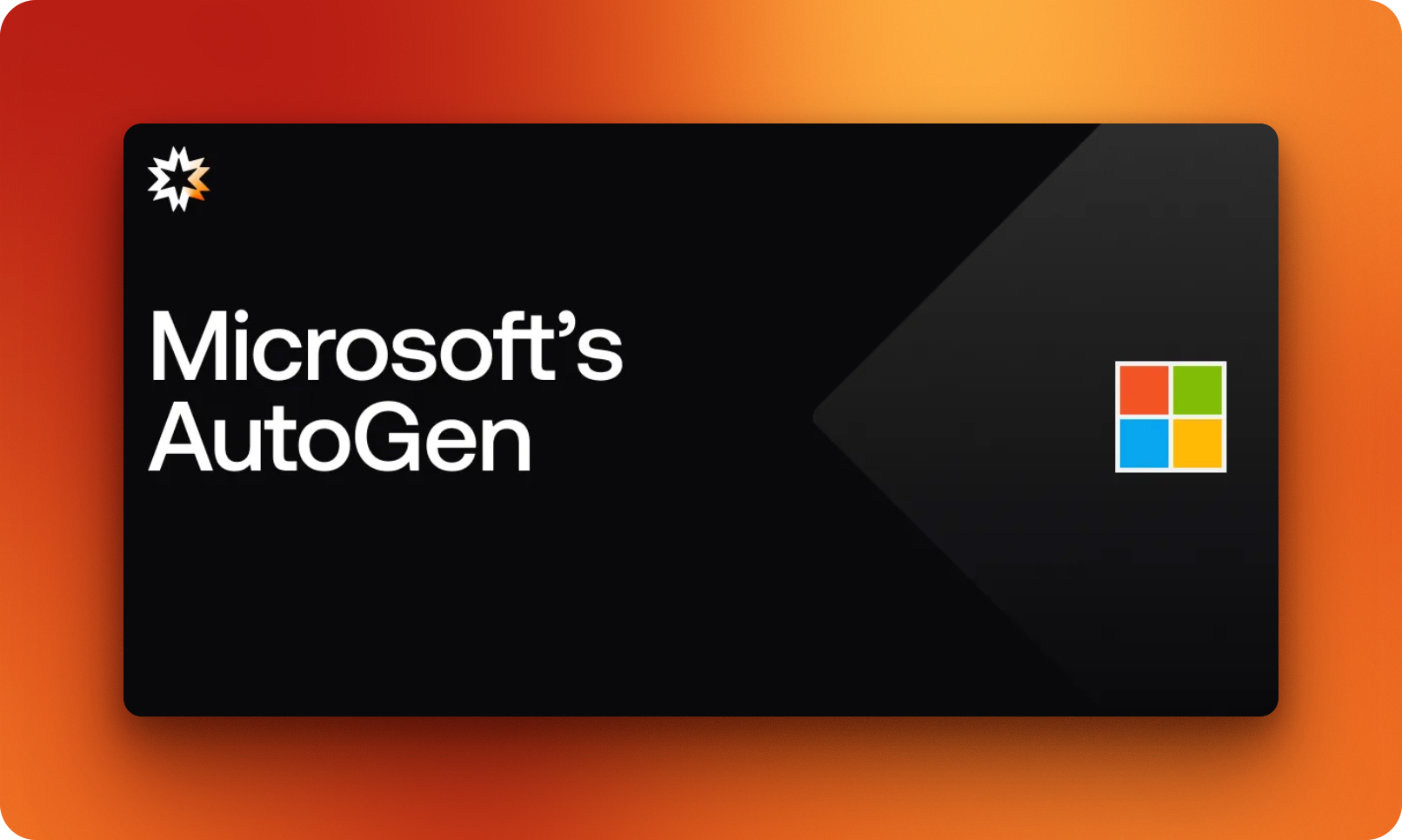
AutoGen is a multi-agent conversation framework developed by Microsoft Research. Released in September 2023, it has grown to over 40,000 GitHub stars and over 250,000 monthly downloads. AutoGen uses an event-driven architecture for complex interactions between AI agents and integrates with various LLMs while maintaining structured conversation flows.
Key features include:
- Multi-agent conversation framework with event-driven architecture
- Scalable workflows for complex collaborative tasks
- Extensive documentation with tutorials and migration guides
- Outperforms single-agent solutions on GAIA benchmarks
The framework has gained traction in data science and education sectors, with Novo Nordisk implementing it for data science workflows. While it requires understanding agent interactions, its documentation and tutorials make it accessible for developers with some LLM experience.
4. CrewAI - ⭐️30.5k
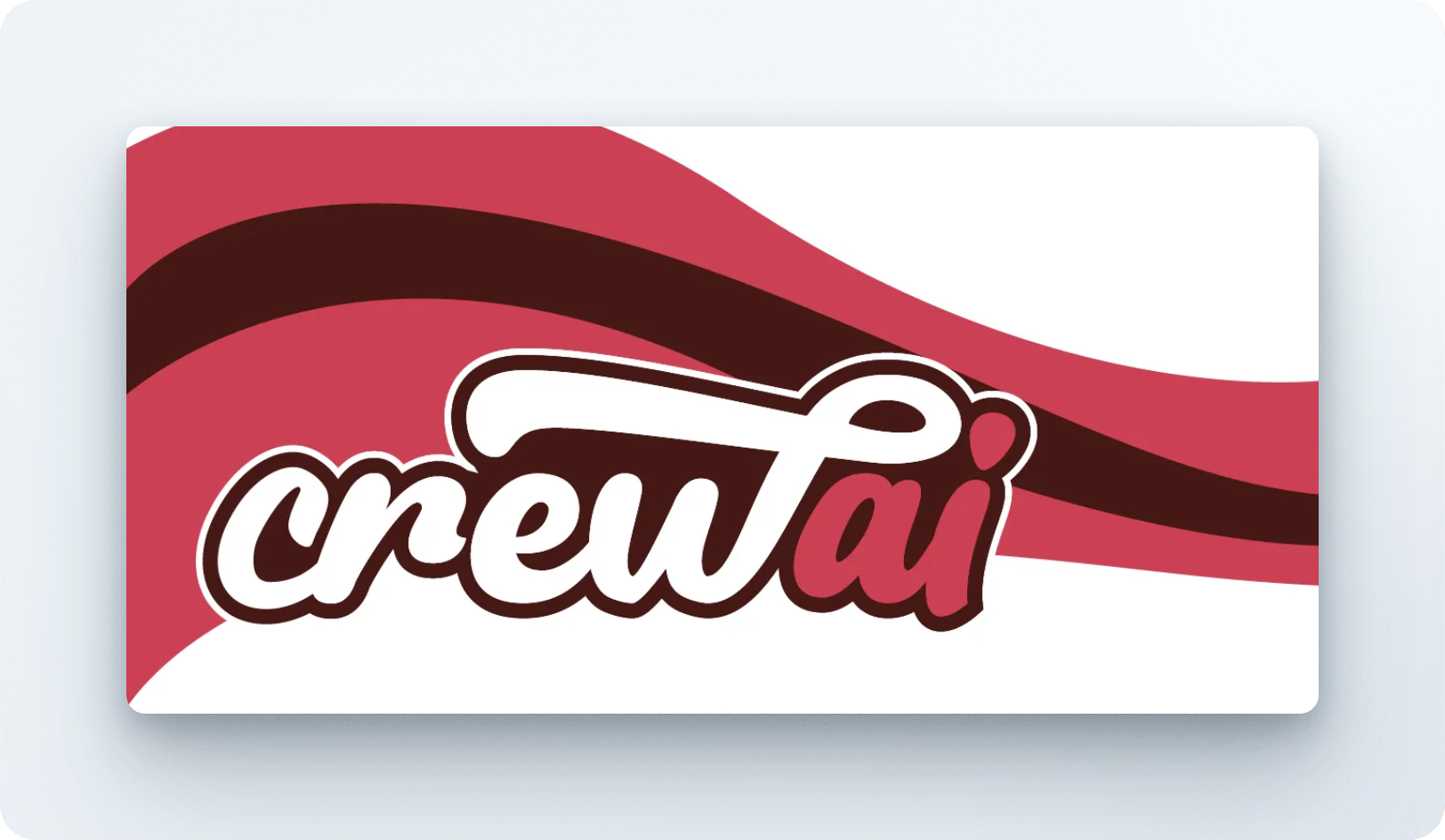
CrewAI orchestrates role-playing AI agents for collaborative tasks. Launched in early 2024, it has over 30,000 GitHub stars and nearly 1 million monthly downloads. Independent from LangChain, CrewAI offers simpler implementation for developers who want to build multi-agent systems without complex dependencies.
Main features:
- Role-playing agent orchestration with defined responsibilities
- Independence from LangChain for simpler implementation
- Minimal code required for agent setup
- Popular in customer service and marketing sectors
CrewAI’s straightforward approach has contributed to its rapid adoption. Its main limitation is the lack of streaming function calling, which affects real-time task performance.
5. Google Agent Development Kit (ADK) - ⭐️7.5k
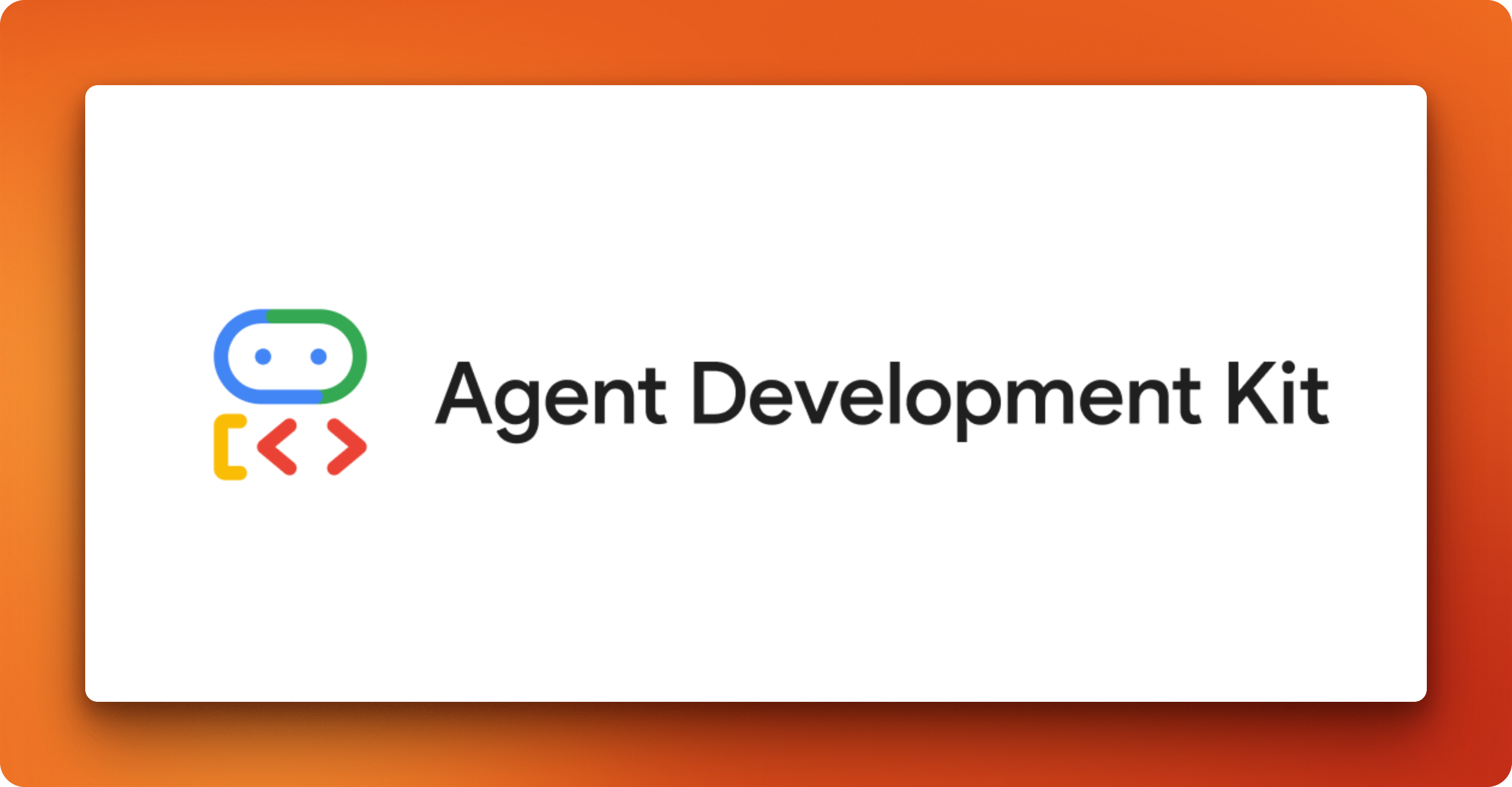
The Google Agent Dev Kit (ADK) was announced in April 2025 and has around 7.5k GitHub stars. This modular framework integrates with the Google ecosystem, including Gemini and Vertex AI. It supports hierarchical agent compositions and custom tools.
ADK features:
- Modular framework with Google ecosystem integration
- Support for hierarchical agent compositions
- Custom tool development capabilities
- Efficient development requiring less than 100 lines of code
Google uses the ADK in their Agentspace platform and for customer engagement solutions. The framework has a moderate to steep learning curve due to Google Cloud integration, but comes with detailed documentation. It’s well-suited for customer engagement applications and Google Cloud workflow automation.
6. Dify - ⭐️93.6k
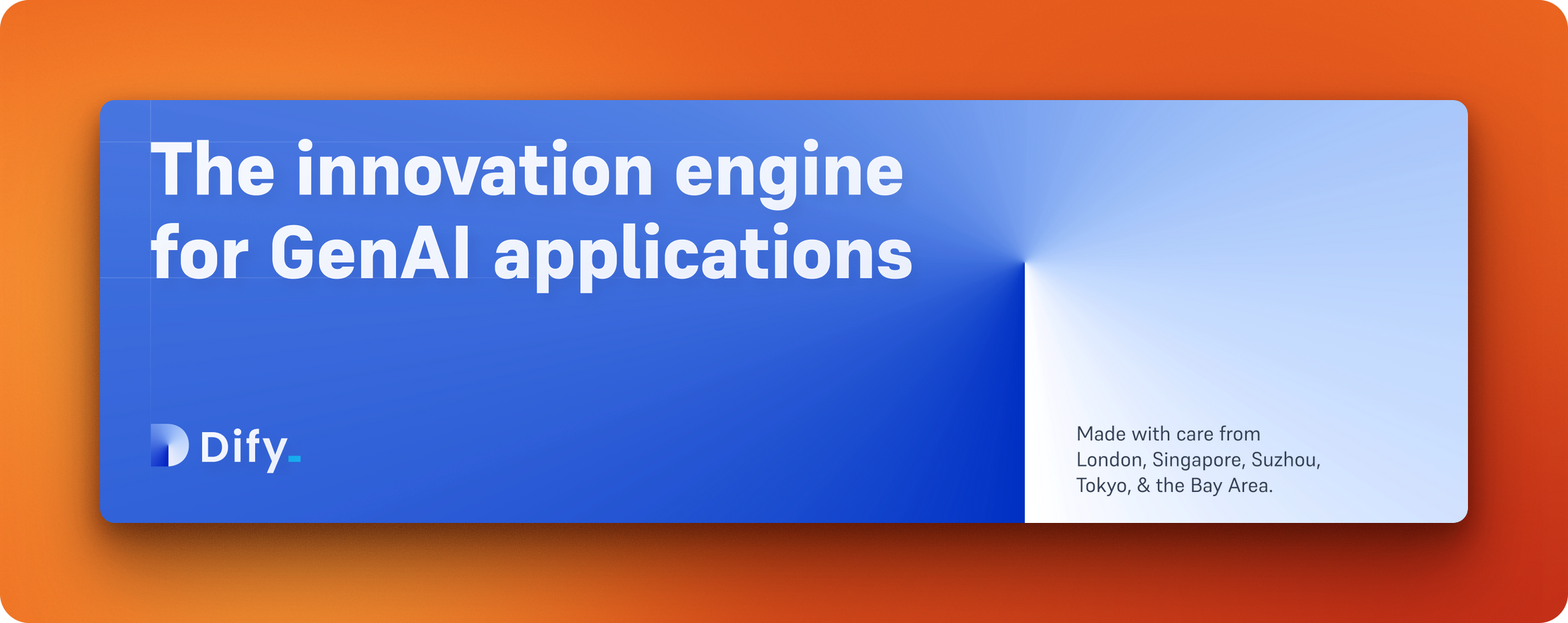
Dify is a low-code platform for creating AI agents with over 90k GitHub stars. Its visual interface makes it accessible to non-technical users while still offering capabilities for experienced developers. Dify supports hundreds of LLMs and includes RAG, Function Calling, and ReAct strategies.
Key capabilities:
- Low-code visual interface for agent development
- Built-in RAG, Function Calling, and ReAct strategies
- Support for hundreds of different LLMs
- TiDB’s Serverless Vector Search for scalability
Dify is used across various sectors, from enterprises implementing LLM gateways to startups creating rapid prototypes. Its document generation and financial report analysis features make it valuable in business contexts.
Comparing all frameworks in a single table
| Framework | Stars | Monthly Downloads | Key Features | Notable Use Cases | Best For |
|---|---|---|---|---|---|
| LangGraph | 11.7k | 4.2M | • Stateful agent orchestration • Multi-agent support • Human-in-the-loop workflows | • Klarna: 80% faster support resolution • AppFolio: 2x response accuracy • Elastic: SecOps automation | Enterprise applications requiring state management |
| OpenAI Agents SDK | 9.3k | 237k* | • Lightweight design • Multi-agent workflows • 100+ LLM support | • Website-to-agent conversions • Documentation assistants | Quick prototyping and general-purpose agents |
| AutoGen | 43.6k | 250k+ | • Event-driven architecture • GAIA benchmark leader • Multi-agent conversations | • Novo Nordisk: Data science workflows • Education tools | Complex multi-agent systems and data science |
| CrewAI | 30.5k | 1M | • Role-based agents • Simple implementation • Minimal setup | • Customer service bots • Marketing automation | Quick agent deployment without complex dependencies |
| Google ADK | 7.5k | 107k* | • Google ecosystem integration • Hierarchical compositions • Custom tools | • Google Agentspace • Customer engagement suite | Google Cloud-based applications |
| Dify | 93.6k | 3.3M* | • Low-code interface • RAG & ReAct support • Vector search | • LLM gateways • Financial report analysis | No-code/low-code agent development |
* Dify: Total Docker pulls, ADK & Agents SDK: PyPI downloads last month
Best Practices in Building Agents in Enterprise
Another strong indication of rapid agentic AI adoption is the fact that leading companies are sharing their experiences of building agents in enterprise. Therefore, we are summarizing key insights shared by OpenAI, Anthropic and McKinsey into these 10 tangible best practices:
-
Select the appropriate agent type for your specific use case. Carefully evaluate whether you need copilot agents for individual productivity, workflow automation platforms, domain-specific agents, or AI virtual workers.
-
Deploy agent systems rather than isolated agents. Complex tasks benefit from specialized sub-agents working in coordination where manager agents break down workflows and assign subtasks.
-
Implement the four-step agent workflow: user task assignment, planning and work allocation, iterative output improvement, and action execution.
-
Build constructive feedback loops where agents can review and refine their work before final delivery, improving output quality.
-
Implement collaborative review processes by designing specialist “critic” agents that can review the work of “creator” agents and request iterations.
-
Prioritize accuracy verification with architectures that check for errors or hallucinations before sharing responses with users.
-
Center human values in ethical decisions, ensuring they’re rooted in organizational and societal values that place humans at the center of the AI ecosystem.
-
Use agents for unpredictable situations where rule-based systems would fail, leveraging their foundation in large, unstructured data sets.
-
Set clear performance metrics to assess agent impact, such as issue resolution rates, handling time, and productivity improvements.
-
Anticipate value beyond automation by looking at broader benefits like process reimagining and IT infrastructure modernization.
These practices help bridge the gap between technical capabilities and practical business value in AI agent implementations.
If you want to dive into these practices even more, check out the original guides:
- Claude Code: Best Practices For Agentic Coding
- McKinsey & Company: What Is an AI Agent?
- OpenAI: A Practical Guide to Building Agents
Conclusion
The agent frameworks discussed in this article represent the most capable open source solutions available in 2025, each offering distinct advantages for different development scenarios. From LangGraph’s stateful orchestration to Dify’s low-code approach, the ecosystem provides versatile options for implementing AI agents across various domains and use cases. Organizations looking to deploy agents should carefully assess their specific requirements against the strengths of each framework to select the most appropriate solution. Implementing these tools following the best practices outlined above will help organizations maximize the value while minimizing risks.
Expand Your Agent Capabilities
- Integrate with MCP servers for development environment enhancements
- Access models like GLM-4.5 for advanced reasoning
- Explore n8n workflow templates for automation patterns
- Build visual workflows with our LangFlow tutorial
For data collection and web interaction challenges that many agent systems face, Firecrawl’s FIRE-1 represents a practical solution worth considering. The agent’s ability to navigate complex websites, handle pagination, and extract structured data addresses a fundamental need in agent development: reliable access to web information. Teams building agent systems should evaluate how FIRE-1’s capabilities might complement their chosen framework by providing robust data collection capabilities. Check out the integration options available at the Firecrawl documentation to see how this tool can extend your agent’s ability to interact with web content.

data from the web